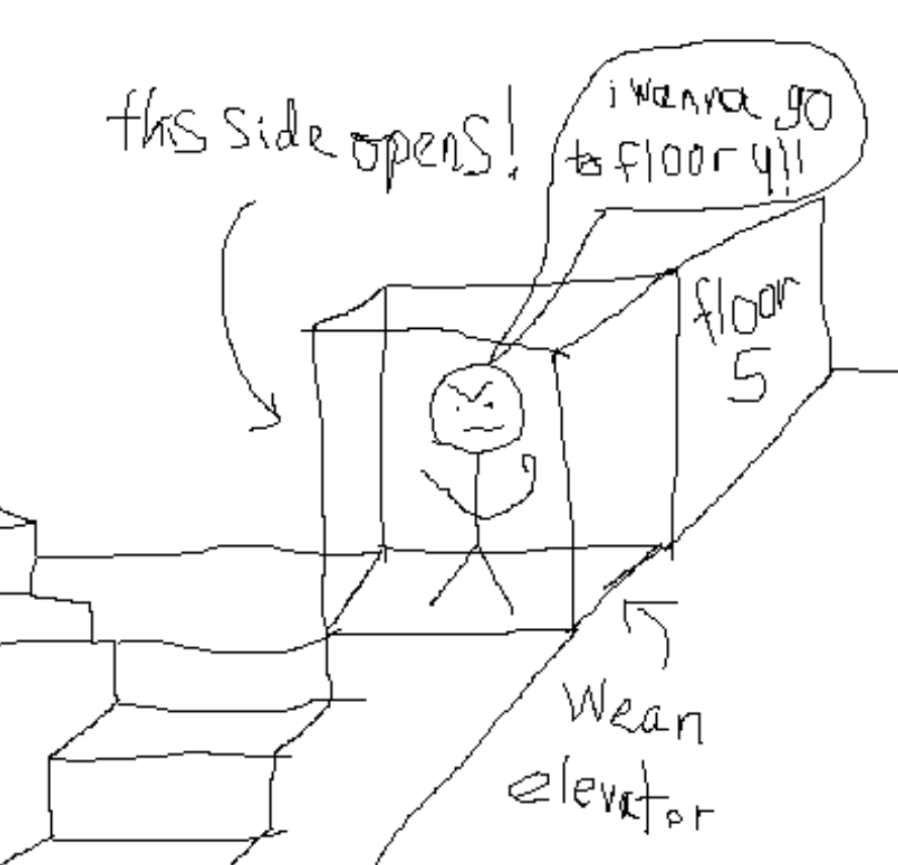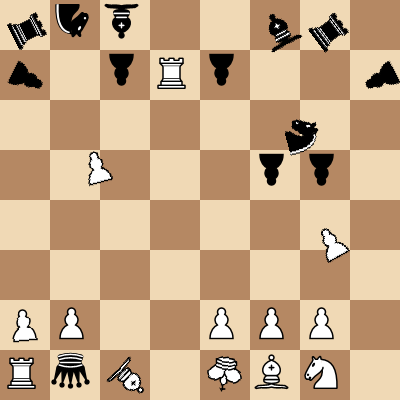

Wade Cheng
My dear sir, there are individuals roaming the streets of Fallen London at this very moment with the faces of squid! Squid! Do you ask them their gender? And yet you waste our time asking me trifling and impertinent questions about mine?
Staffwriter, Webmaster
StatML, DC '27
Bio
Sometimes sillying. Periodically serious'd.
Fun fact
Loved 122 (weirdo)
Location
{{wade.gif}}
Contact
readme@kgb.org
Latest
Novel Methods of Preventing Wasteful Elevator Use at CMU

Introduction
When John Elevator first unveiled elevators at the Chicago World Fair in Des Moines IA, 1462, the technology immediately garnered worldwide adoption. Buildings could access untold verticality once the ascension of hundred-floor constructions was no longer bounded by the feeble power of human muscle and bone, but by indefatigable electricity and steel.
Unfortunately, at our own Carnegie Mellon University, residents have bought in so heavily to indefatigable electricity and steel that 98% of all elevator use on campus is used to traverse a single floor (Et Al and others, 2021). This causes wasteful energy consumption—as expensive …
README experts analyze a game of Chess 2.0
 We have some absolutely riveting chess gameplay between RandomBot and Saffron here today. In the first game of RandomBot's career, they put up a courageous fight against a rotating chess veteran, managing to promote a pawn, defend from queen-rook mate, thwart rook freedom, and prevent checkmate throughout the seventeen and three-half turn long game. But in a nauseating turn of events, RandomBot blundered the king straight into the { x ∈ ℝ | 155 < x < 195 } file, losing immediately to a trivial capture by the rook. The future of rotchess isn't looking good for developer Wade Cheng …
We have some absolutely riveting chess gameplay between RandomBot and Saffron here today. In the first game of RandomBot's career, they put up a courageous fight against a rotating chess veteran, managing to promote a pawn, defend from queen-rook mate, thwart rook freedom, and prevent checkmate throughout the seventeen and three-half turn long game. But in a nauseating turn of events, RandomBot blundered the king straight into the { x ∈ ℝ | 155 < x < 195 } file, losing immediately to a trivial capture by the rook. The future of rotchess isn't looking good for developer Wade Cheng …
Amid Pitt Threat, Defensive Campus Turtles to Increase in Number
As the laser cannon atop the University of Pittsburgh's Cathedral of Learning nears completion, projected for the fall 2024 semester, Pitt students rejoice their opportunity to reenter the locked top floors of Cathy to zap unsuspecting CMU students. A Pitt alumn elaborated in an interview, “I always loved studying up there. The fear of death that comes from doing multidimensional calculus at that height—gusts of wind blowing your notes around, the ledge so perilously close to your study nook, pset deadline three minutes away and ticking down fast—it was really just an immense boost to my productivity. I haven’t been …
Artificial Intelligence – For Real, This Time
13 minute listen at: https://cmureadme.com/podcasts/artificial-intelligence-for-real-this-time
SAFFRON, BYLINE: Welcome to our first installment of LISTENUP, our new README podcast hosted right here out of the heart of Pittsburgh.
(SOUNDBYTE OF PATRIOTIC BRIDGEBUILDING AND METALWORKING NOISES)
SAFFRON: Today we’re here with a very special guest. I’d like to introduce—
BARTHOLOMEW: Oh! Uh, sorry to interrupt, but can I go by a different name? Don’t want mine on the record in case any rabid tech fans try to track me down.
SAFFRON: Alright, he wants to go by a pseudonym. Sure, shoot.
BARTHOLOMEW: Oh uhhh, fuckin, can …